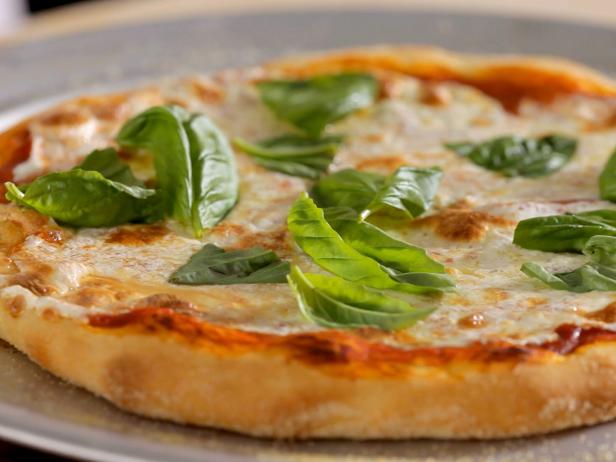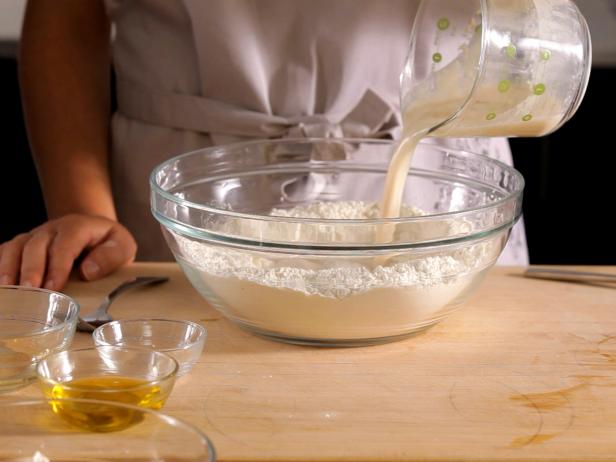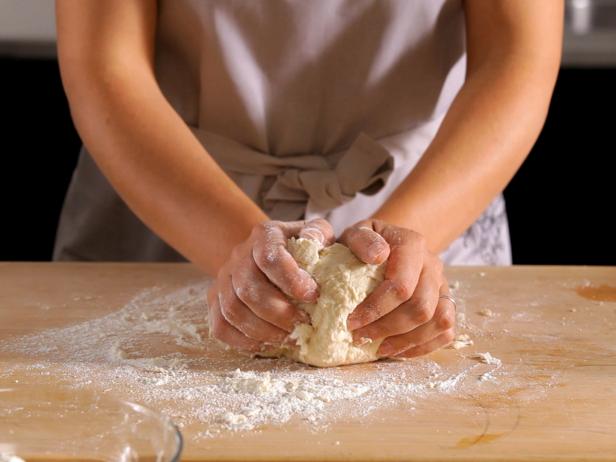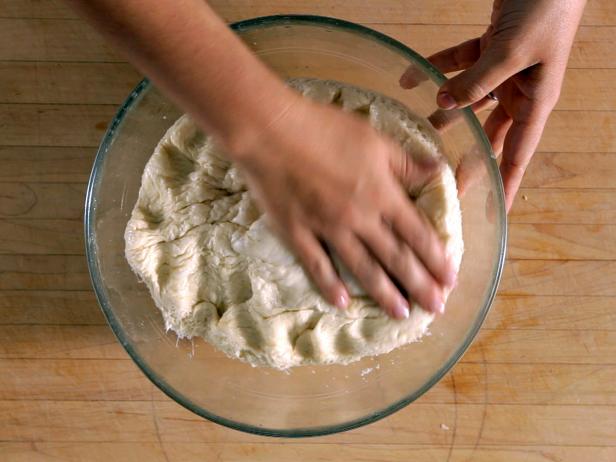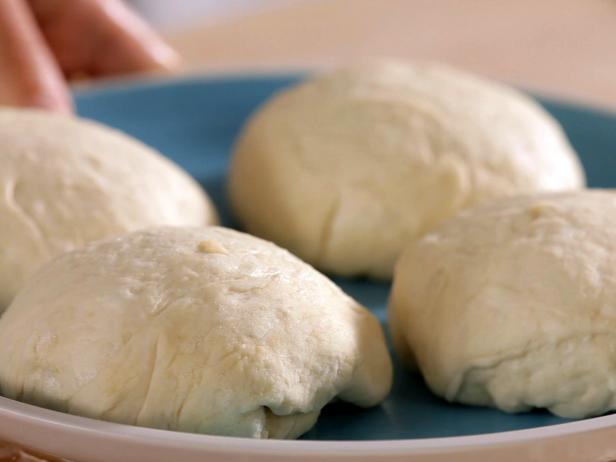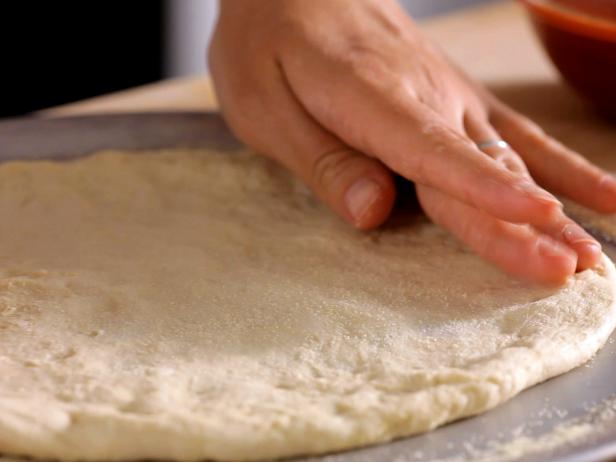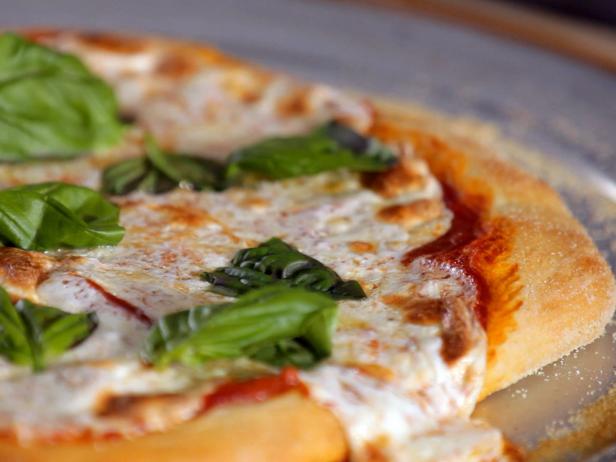5. Yamaha YZF R1: 186 mph (297 km/h)
This motorcycle is produced by renowned Japan’s motorcycle manufacturer, Yamaha. The engine used for this motorcycle is forward inclined Parallel 4-cylinder, 20 valves, DOHC, liquid-cooled. This motorcycle can be expected to reach 186 mph (297 km/h) on its top speed. This motorcycle can produce 128.2 horsepower (95.6 Kw) at 10000 rpm. It’s using constant mesh 6 speed transmission system.
4. Honda CBR1100XX Blackbird: 190 mph (310 km/h)
This motorcycle was released by Japan leading motorcycle manufacturer, Honda. This motorcycle is using 1137 cc, liquid-cooled, four cylinder engine. The engine can make this motorcycle reach 190 mph (310 km/h) while it’s running on top speed. This motorcycle can produce 114 kw (153 hp) @ 10,000 rpm power. The transmission system used by this motorcycle is close-ratio 6-speed transmission.
3. MTT Turbine Superbike Y2K: 227 mph (365 km/h)
This superbike is running using Royl Royce 250-C20 turbo shaft engine. The top speed can be reached by this motorcycle is 227 mph (365 km/h) while it can produce 320 horsepower (239 Kw) @ 52,000 rpm. The transmission system used by this motorcycle is different than other motorcycle by simply using 2 speed automatic transmission.
2. Suzuki Hayabusa: 248 mph (397 km/h)
This Japanese origin motorcycle is using 1340 cc, 4 stroke, four cylinder, liquid-cooled, DOHC, 16 valve engine. This Suzuki manufactured motorcycle can reach 248 mph (392 km/h) on its top speed. The power can be produced is 197 horsepower (147 kw) @ 6750 rpm. Transmission system used is 6 speeds with constant mesh.
1. Dodge Tomahawk: 350 mph (560 km/h)
This Dodge Tomahawk is very limited motorcycle that use 10 cylinder, 90 degrees v-type engine. It can reach 350 mph (560 km/h) when it’s on top speed. This motorcycle can produce 500 horsepower (370 Kw) @ 5600 rpm. This motorcycle is using a simple transmission system by using just 2 speed manual transmission.






